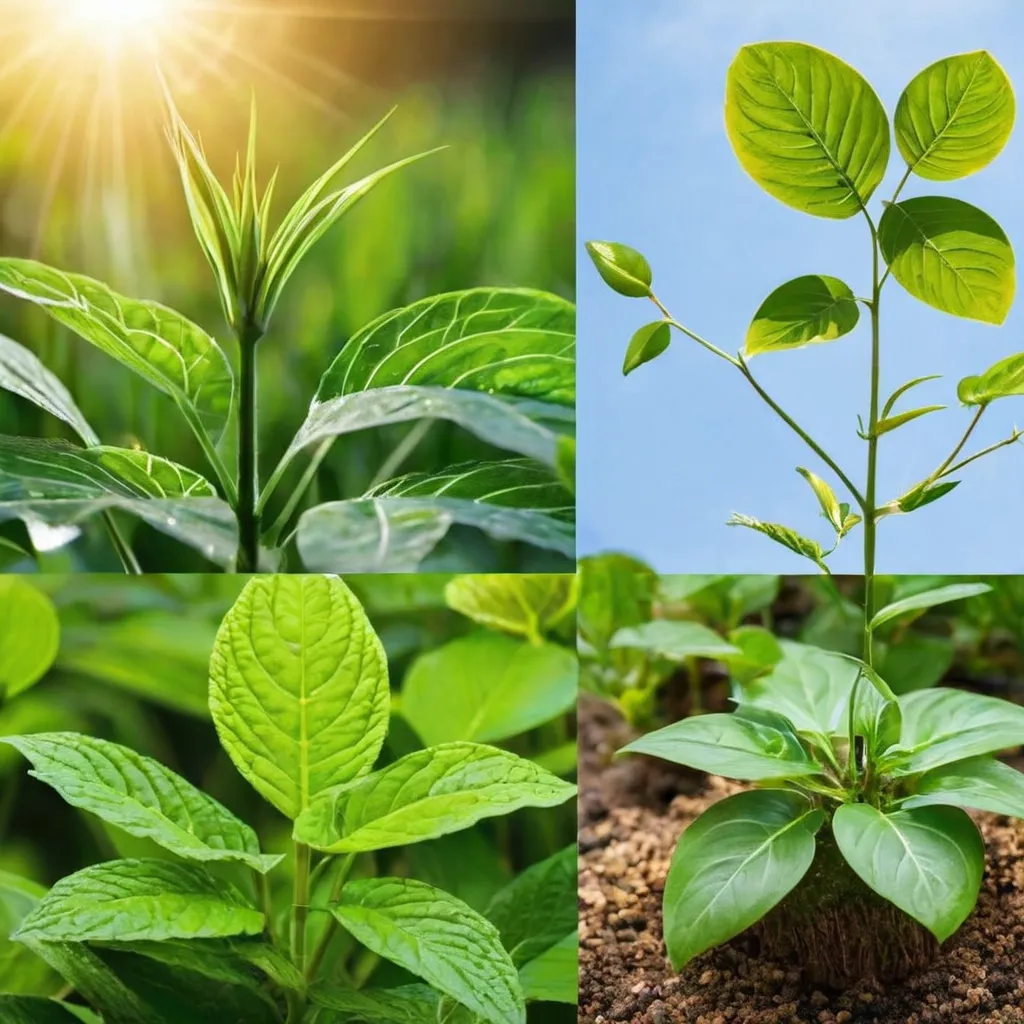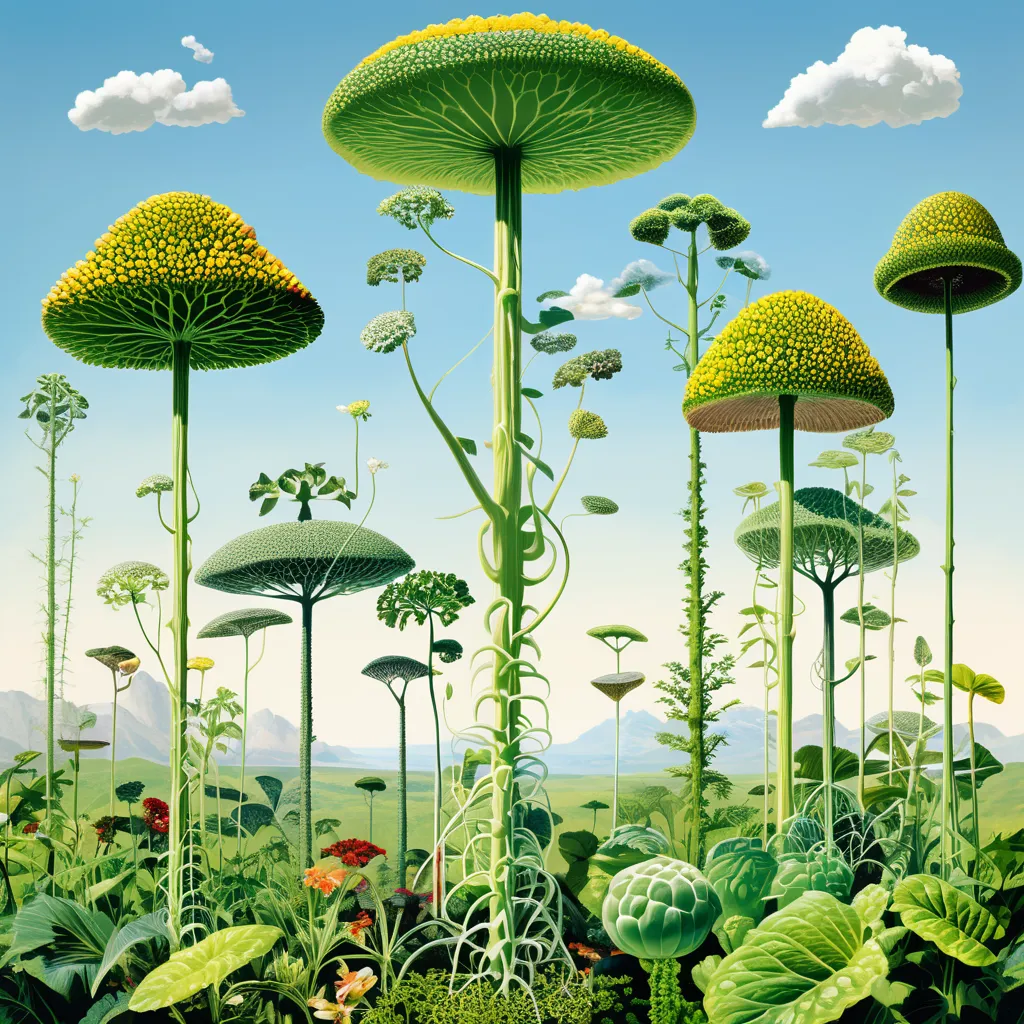Communication Among Plants: A Revelation That Prompts Scientists to Urge a Rethink in Our Approach Towards Them
Plants, long perceived as silent and static, have unveiled a remarkable secret hidden beneath their leaves and within the soil — they can communicate. This revelation challenges our conventional understanding of the botanical world and beckons a reconsideration of how we interact with and treat these green companions.

The Language of Plants
Chemical Signaling
One of the primary modes of communication among plants involves the release of chemical signals. Through intricate biochemical processes, plants emit compounds that can convey information to neighboring flora. These signals play a crucial role in alerting plants to environmental changes, such as the presence of pests or impending threats.
Root Interactions
Beneath the surface, plant roots engage in a sophisticated dance of chemical dialogues. They can form partnerships with beneficial fungi, enhancing nutrient uptake and overall resilience. This underground network highlights the collaborative nature of plant communities.
Airborne Signals
Plants also utilize the air to broadcast messages. Volatile organic compounds released into the atmosphere can serve as warning signals. For instance, when a plant faces herbivore attacks, it may release chemicals that induce neighboring plants to prepare their defenses.
Discoveries in Plant Communication
Recent research has unearthed a wealth of information about plant communication. Studies have revealed the intricate mechanisms behind these interactions, shedding light on the complexity of the botanical world. Such discoveries have significant implications for agricultural practices, suggesting innovative approaches to crop management.
Plant Cooperation and Warning Signals
Beyond mere communication, plants showcase acts of cooperation. In certain instances, plants collaborate, sharing resources and contributing to each other's well-being. Moreover, the ability of plants to warn each other of potential threats challenges the notion of plants as passive organisms, inviting a reevaluation of their cognitive capacities.
The Impact on Our Perspective
Ethical Considerations
As we delve into the realm of plant communication, ethical considerations arise. If plants can perceive and respond to their environment, should we reconsider our treatment of them? The revelation prompts a shift in ethical perspectives, urging us to acknowledge and respect the sentience of plants.
Implications for Environmental Conservation
Understanding plant communication holds implications for environmental conservation. Recognizing the interconnectedness of plant life may influence how we approach land use, deforestation, and habitat preservation. A paradigm shift in our perspective could contribute to more sustainable practices.
Scientists' Call for a Paradigm Shift
The burgeoning field of plant neurobiology has led scientists to advocate for a paradigm shift in our approach towards plants. Viewing them as more than passive organisms encourages a reevaluation of agricultural, forestry, and landscaping practices. Scientists emphasize the need for a more harmonious coexistence with the botanical world.
Challenges and Controversies
However, the idea of plant communication faces skepticism and controversies within the scientific community. Some argue that attributing communication to plants anthropomorphizes them, while others question the practical applications of such knowledge. Navigating these debates is crucial for the responsible dissemination of information.

Future Research Directions
The revelation of plant communication opens avenues for future research. Unanswered questions abound, providing fertile ground for exploration. Researchers anticipate uncovering more about the intricacies of plant signaling, with potential applications in agriculture, medicine, and environmental conservation.
Conclusion
In conclusion, the revelation of communication among plants challenges age-old perceptions and beckons us to rethink our relationship with the botanical world. As we marvel at the intricate language of plants, a call to action emerges. Let us tread more mindfully, recognizing the vitality and interconnectedness of the green tapestry that envelops our planet.<

No comments:
Post a Comment